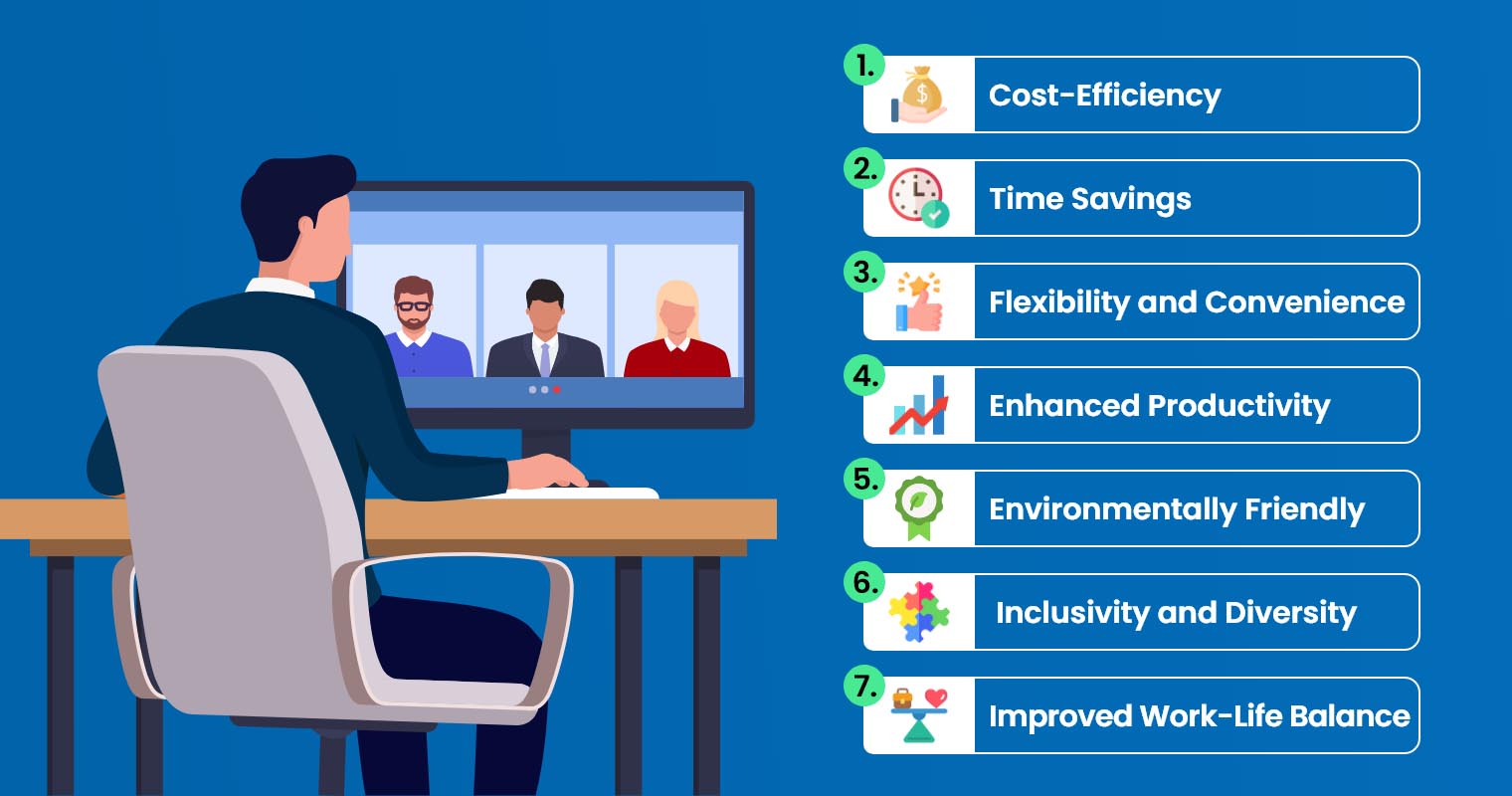Set goals, identify audiences, create key messages, choose communication channels, and establish a timeline and frequency for an effective communication plan.
Table of Contents
ToggleGoal Setting
Define clear and specific objectives for your communication plan to ensure all efforts are aligned and measurable. For instance, a nonprofit organization aiming to boost donor engagement might set a goal like: “Increase donor retention rates by 20% over the next fiscal year.” This goal is specific, measurable, and time-bound, making it easier to track progress and evaluate success.
Example Steps:
- Assess Current Metrics: Analyze current donor retention rates to establish a baseline.
- Set SMART Goals: Ensure the goal is Specific, Measurable, Achievable, Relevant, and Time-bound.
- Develop Strategies: Create specific strategies to reach the goal, such as personalized donor communications or enhanced donor recognition programs.
- Assign Responsibilities: Designate team members to implement and monitor each strategy.
- Monitor Progress: Regularly review progress and adjust strategies as needed to stay on track.
Data Example: If the current donor retention rate is 50%, a 20% increase would aim for a new retention rate of 60%. This means if you currently retain 500 donors out of 1000, your goal would be to retain 600 donors out of 1000 by the end of the next fiscal year.
Tools and Resources: Utilize donor management software to track engagement and retention metrics. Regularly review reports and gather feedback from donors to understand their needs and improve your strategies.

Audience Identification
Identify and understand your target audience to tailor your communication efforts effectively. For example, if a nonprofit organization is focused on engaging millennials for an environmental campaign, data from social media analytics can be invaluable.
Steps:
- Conduct Surveys and Polls: Gather information directly from your audience about their preferences, behaviors, and motivations. For instance, surveys might reveal that 65% of millennials prefer receiving updates via social media rather than email.
- Analyze Demographics: Use tools like Google Analytics and social media insights to understand the age, location, and interests of your audience. If data shows that 70% of your followers on Instagram are aged 25-34 and interested in sustainable living, tailor your content to this demographic.
- Create Audience Personas: Develop detailed profiles of your target audience segments. For example, one persona might be “Eco-conscious Emma,” a 28-year-old urban professional who values sustainable products and engages with eco-friendly brands online.
- Segment Your Audience: Divide your audience into segments based on shared characteristics. This could include segments like major donors, recurring donors, volunteers, and new supporters. Use CRM systems to manage and target these segments effectively.
- Monitor Engagement: Track how different segments respond to your communications. For example, analyze open rates, click-through rates, and social media engagement metrics to understand what content resonates most with each segment.
Data Example: If research indicates that 75% of your target audience prefers visual content, focus on creating infographics and videos. For instance, your Instagram posts featuring infographics on recycling tips might receive 30% more engagement than text-only posts.
Tools and Resources: Leverage platforms like Facebook Insights, Twitter Analytics, and Instagram Insights to gather data. Tools like SurveyMonkey or Google Forms can help conduct surveys. Use this data to continuously refine your understanding of your audience and adjust your communication strategies accordingly
Message Content
Create compelling and consistent messages that resonate with your audience. For example, if a nonprofit organization aims to increase awareness about mental health, the key message might focus on the importance of mental health support and available resources.
Steps:
- Define Key Messages: Develop core messages that align with your organization’s mission and goals. For example, “Your mental health matters. We’re here to help.”
- Use Data and Statistics: Incorporate relevant data to support your message. For instance, “1 in 5 adults experience mental health issues each year. Early intervention can make a significant difference.”
- Tell Stories: Use real-life stories to make your message relatable and impactful. Share testimonials from individuals who have benefited from your services, such as “Jane’s story: How mental health support changed her life.”
- Maintain Consistency: Ensure all communications consistently reflect your key messages. This helps reinforce your organization’s identity and mission across various platforms.
- Tailor Content to Platforms: Adjust the format and style of your messages based on the platform. For example, use shorter, visually engaging content for social media, and more detailed, informative content for newsletters.
Data Example: If research shows that posts with personal stories receive 40% more engagement than general informational posts, focus on sharing more personal testimonials and case studies.
Tools and Resources: Utilize content management tools like Hootsuite or Buffer to schedule and manage your messages across different platforms. Use Canva for creating visually appealing graphics and infographics that enhance your message. Regularly review engagement metrics to understand which messages resonate best with your audience and adjust accordingly
Communication Channels
Choose the most effective channels to reach your audience. For example, a nonprofit organization might use a mix of social media, email newsletters, and community events to engage different segments of their audience.
Steps:
- Analyze Audience Preferences: Determine which channels your target audience uses most frequently. For instance, if data shows that 55% of your audience prefers Facebook, 30% prefers Instagram, and 15% prefers email, prioritize these channels.
- Utilize Multiple Channels: Employ a variety of communication channels to maximize reach. This can include social media platforms, email marketing, websites, blogs, and offline methods like direct mail and events.
- Tailor Content for Each Channel: Customize your messages to fit the format and style of each channel. For example, create short, engaging videos for Instagram, detailed articles for your blog, and personalized emails for your newsletter subscribers.
- Schedule and Frequency: Establish a regular posting schedule for each channel to maintain consistency. For example, post on Instagram three times a week, send monthly newsletters, and update your blog bi-weekly.
- Monitor and Adjust: Track the performance of each channel using analytics tools. For example, use Facebook Insights to monitor engagement and reach, and adjust your strategy based on the data. If Instagram posts with infographics receive 25% more likes and shares, incorporate more of this content type.
Data Example: A study might reveal that email newsletters have an open rate of 20% and a click-through rate of 5%, while Instagram posts average 300 likes and 50 comments per post. Use this data to allocate resources effectively.
Tools and Resources: Use social media management tools like Hootsuite or Buffer to schedule and track posts across different platforms. Email marketing platforms like Mailchimp or Constant Contact can help design, send, and analyze email campaigns. Regularly review analytics from these tools to optimize your channel strategy.

Schedule and Frequency
Establish a timeline and frequency for your communications to maintain consistency and momentum. For instance, a nonprofit organization might decide on a schedule that includes daily social media posts, weekly email updates, and quarterly webinars.
Steps:
- Determine Optimal Frequency: Based on audience engagement data, decide how often to communicate through each channel. For example, if analysis shows that weekly emails have higher open rates compared to daily emails, choose a weekly schedule.
- Create a Content Calendar: Develop a calendar outlining when and where content will be published. This ensures a steady flow of communication and helps in planning ahead. For example, plan social media posts for every Monday, Wednesday, and Friday, and email newsletters for the first Thursday of each month.
- Consistency is Key: Maintain a regular schedule to build trust and keep your audience engaged. For instance, if you commit to a monthly newsletter, ensure it is sent out at the same time each month.
- Automate Where Possible: Use tools to schedule posts and emails in advance. Platforms like Hootsuite for social media and Mailchimp for emails allow you to plan and automate your communications.
- Monitor and Adjust: Track the performance of your schedule and make adjustments as needed. For instance, if you notice that posts on Tuesdays at 10 AM get more engagement than other times, adjust your schedule to capitalize on this trend.
Data Example: If your audience engages more with your Facebook posts on weekends, plan to post more frequently on Saturdays and Sundays. A typical engagement boost might be a 30% increase in likes and comments compared to weekday posts.
Tools and Resources: Use content scheduling tools like Hootsuite, Buffer, or Sprout Social to manage social media posts. Email marketing tools like Mailchimp or Constant Contact help with scheduling and tracking email campaigns. Regularly review analytics to refine your schedule and improve engagement




